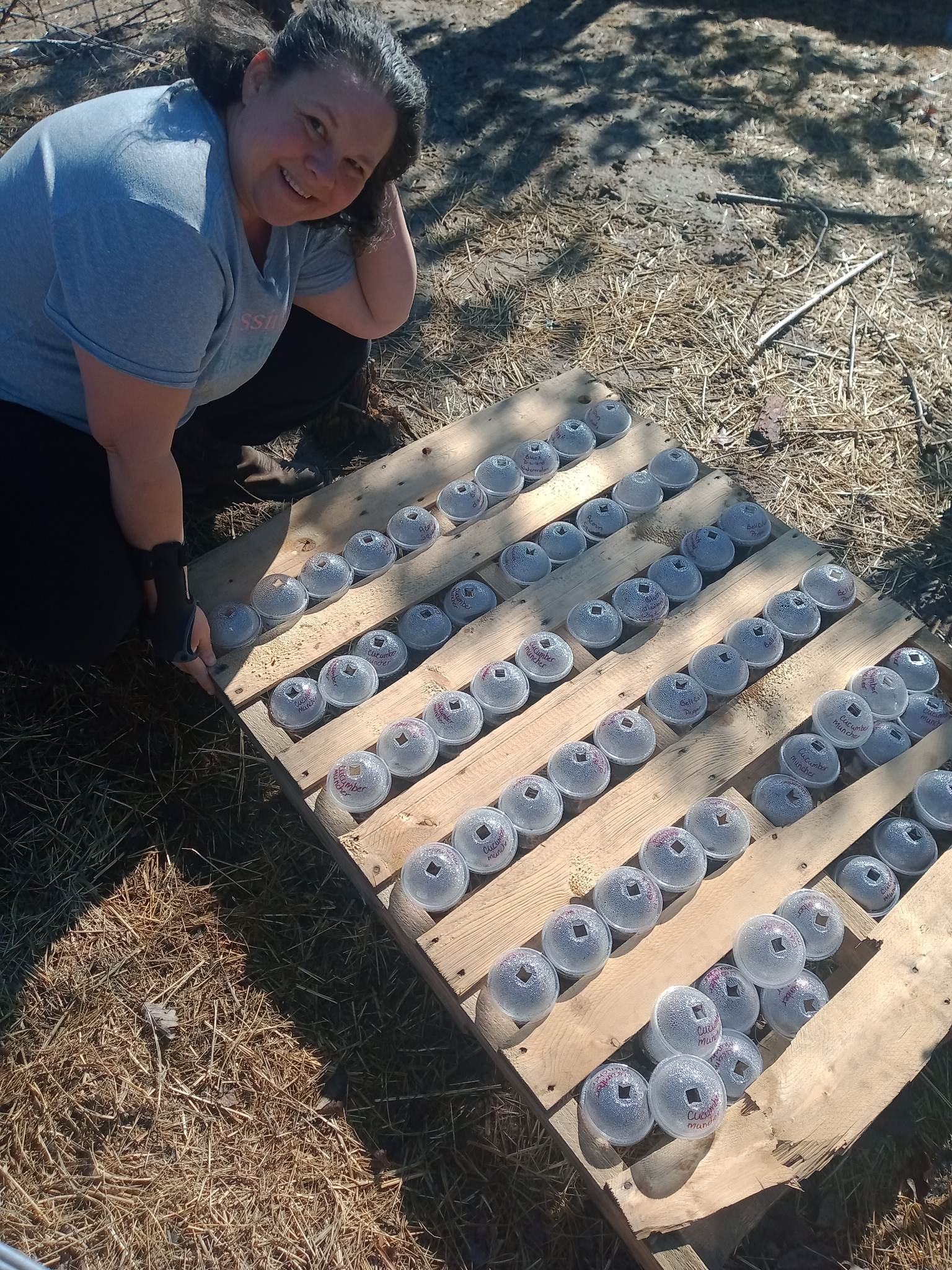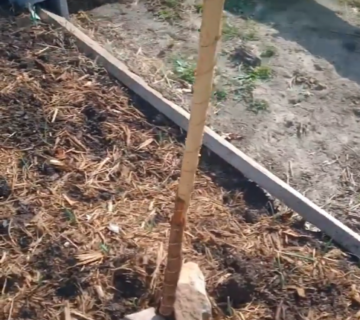If you’re an avid gardener, you know that starting seeds indoors is a crucial step in the gardening process. Starting seeds indoors allows you to get a head start on the growing season, giving your plants a better chance of success. If you live in a tiny house, like us, there is no extra space to do this inside. One of the most creative and cost-effective methods is using Slurpee cups as mini greenhouse.
Slurpee cups, also known as disposable plastic cups, are easy to find and often come with a lid, making them ideal for creating a mini greenhouse environment. Here’s how you can use Slurpee cups to start your seeds:
Step 1: Gather your supplies
To get started, you’ll need a few supplies:
- Slurpee cups with lids
- Potting soil
- Seeds
- Water
- Labels or markers
Step 2: Fill the cups with soil
Fill each Slurpee cup with about 2 inches of potting soil. Make sure the soil is loose and fluffy so that the seeds can easily germinate.
Step 3: Plant your seeds
I put one seed per cup
Step 4: Water your seeds
Water your seeds lightly, making sure not to overwater. You want the soil to be damp but not soaking wet.
Step 5: Cover the cups
Place the lid on each Slurpee cup, creating a mini greenhouse environment. This will help to trap in heat and moisture, creating an ideal environment for seed germination.
Step 6: Wait for your seeds to germinate
Place your Slurpee cups in a warm, sunny location and wait for your seeds to germinate. You should start to see sprouts within a few days to a week, depending on the type of seed.
Step 7: Remove the lid
Once your seeds have germinated, remove the lid from the Slurpee cup to allow for air circulation. This will help to prevent mold and disease.
Step 8: Transplant your seedlings
Once your seedlings have grown to a suitable size, transplant them into larger containers or into your garden.
Using Slurpee cups as mini terrariums is a fun and creative way to start your seeds. Plus, it’s a cost-effective way to get your garden started without breaking the bank. Give it a try this growing season and see how many plants you can start from seed!


